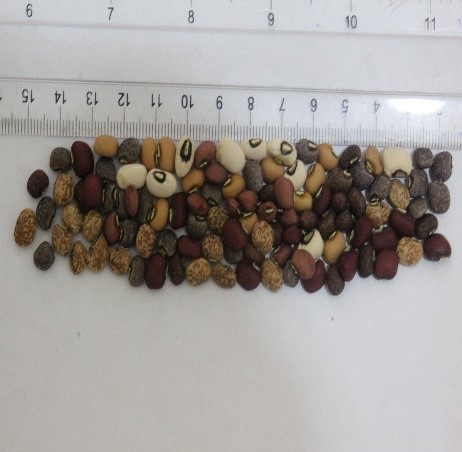The Ghana National genebank holds the germplasm of major food crops, spices and medicinal plants of Ghana and that of some exotic species. The germplasm conserved is distributed without restriction for direct use by farmers and for use in research. Agricultural productivity, sustainability and resilience are dependent on the availability of broad genetic diversity. Genetic diversity enables plants to adapt to new pests and diseases as well as to abiotic threats such as climate change, drought, and soil degradation. The Plant Genetic Diversity Division is responsible for documenting the characteristics of the crop collections conserved and estimating the genetic variation amongst them to enhance their utilization and conservation. Characterization and evaluation activities provide information on the useful traits and adaptive features that supports the conservation and efficient use of the germplasm.


Characterization is the documentation of highly heritable traits that can be easily seen and expressed in all environments. The information obtained from characterization makes it possible for easy and quick discrimination between accessions or phenotypes. The evaluation focuses on traits whose expression is influenced by the environment. Characterization and evaluation are performed using standardized and agreed descriptor lists.
The Division assesses genetic diversity (variability) through morphological, biochemical and molecular characteristics. Genetic variability has been exploited to meet subsistence food requirements, climate adaptation and growth environment adaptation (e.g. salinity tolerance). The diversity in plant genetic resources, therefore, provides plant breeders an opportunity to develop new and improved cultivars with desirable characteristics. The elucidation of the characteristics of accessions also helps to identify duplicates and establish representative samples for efficient germplasm management.


The diversity division also participates in the regeneration of seeds or propagules. The need for regeneration arises as a result of the fact that seeds in storage often lose viability or their quantity may be depleted over time due to repeated distribution. When the quantity or quality of conserved seeds falls below a certain critical threshold, fresh materials need to be regenerated from the existing stock to augment that available or to meet special genebank management requirements such as safety duplication or repatriation.
